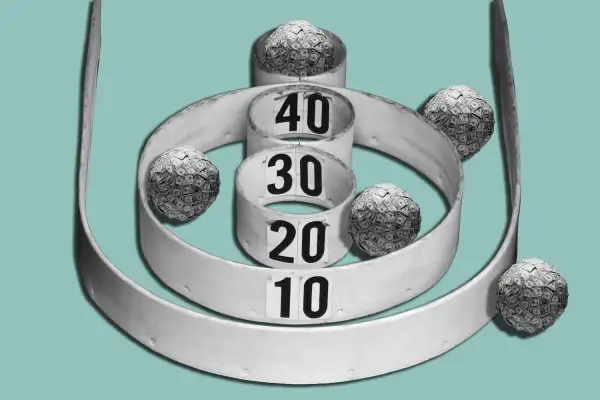What Tax Bracket Are You In? Here's a Quick Way to Find Out

Even though most of us know the basic mechanics of how the federal income tax works, finding out exactly what tax bracket you're in — and how that translates into how much of a refund you'll get (or taxes you'll owe) — isn't always simple.
Let’s start with the first question: What are tax brackets? The federal income tax system is progressive, and tax brackets are a series of income tiers that govern how much you'll pay in federal taxes. "The overall effect is that people with higher incomes pay higher taxes," said Lisa Greene-Lewis, tax expert for TurboTax.
Also referred to as your marginal tax rate, your tax bracket is the top percentage you'll have to pay in taxes. But it's a little more complicated than you might imagine. If you're in, say, the 25% tax bracket, that does not mean you have to fork over 25% of what you make to Uncle Sam.
To find out what tax bracket you're in, tax prep software can help. "You can quickly and easily learn which tax bracket you are in by using the TurboTax Tax Bracket Calculator, "Greene-Lewis said.
If you're doing your taxes entirely manually (in which case, we really recommend you double-check for math errors before you file), the IRS also puts out exhaustively detailed tax tables that spell out your exact tax obligation based on how much you make.
"Look at your taxable income — basically, all the income you’ve entered minus your deductions like standard deduction and personal exemption amounts," said Mark Jaeger, director of tax development at TaxAct. Both deductions and credits can lower the amount of tax you owe, but there are a few differences. You need to subtract just deductions first, since that can lower your marginal tax bracket, Jaeger said.
Here's how the math works. We'll use a single filer with a taxable income of $35,000 for this example. The lowest-bracket percentage is 10%, and that covers annual income from $0 up to $9,325. The next bracket is 15%, and covers income up to $37,950.
So, if you earned $35,000 last year, subtract $9,325 from that. That leaves you with $25,675. With us so far? Great. You owe 10% on the first $9,325 you earned, which comes to $932.50. Then you'll owe 15% on the next $25,675, which equals $3,851.25. Add them up and presto — your tax due is $4,783.75, which rounds up to $4,784.
TaxAct's Jaeger provides this additional example, using a single filer with taxable income of $60,000, which encompasses three different tax brackets: 10%, 15%, and 25%.
1) The first $9,325 is taxed at 10% = $932.50
2) The next $28,625 is taxed at 15% = $4,293.75
3) The remaining taxable income of that $60,000 is $22,050, which is taxed at 25% = $5,512.50
4) So total tax owed is $932.50 + $4,293.75 + $5,512.50 = $10,738.75, rounded up to $10,739.
Using this example, you can see that even though our hypothetical taxpayer's income is in the 25% tax bracket, they really don't pay 25%; it's actually closer to just under 18%.
Tax brackets were one of the elements of the tax code changed at the end of 2017 as part of the GOP’s tax reform plan. But since the changes didn't go into effect until this year, nothing changes until next year when you have to file your taxes.
We’ve included affiliate links into this article. Click here to learn what those are.
